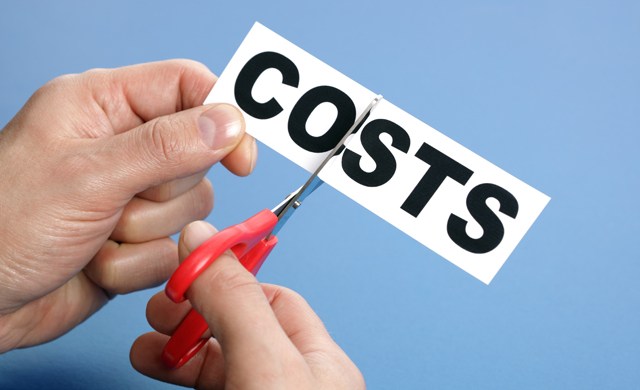Allowing fleet fuel expenses to run out of control can seriously impact your bottom line. Aside from reducing the size of your fleet, which can reduce costs, but cut down freight capacity and productivity, there are several ways to bring the costs of fueling business vehicles down. You could conceivably save over $500,000 per year by eliminating 100 vehicles. However, some of that may be offset by increased workload on the rest of the fleet, increasing operating, repair, and maintenance costs.
One of the best ways to trim fuel costs is to reduce mileage. You can do this by taking shorter routes and making the most of a GPS system, but controlling the number of miles your fleet vehicles travel is difficult. One way to do this is to restrict personal use of trucks. You could also cut down on trips that have little business value.
Use Technology to Your Advantage
Supervisors now have tools to more closely monitor driver activity. They can keep track of business use reports and assess mileage and time traveled in relation to how many sales and service calls an employee went on. In addition to GPS tracking, there are other solutions that cut travel and fuel costs even more. Employees and other personnel can use teleconferencing systems so they don’t have to make unnecessary trips. These also discourage drivers from taking trips when they think nobody is keeping a lookout.

Mileage reporting audits have been effective in cutting miles traveled, and in turn fuel costs, studies have shown. You could also find ways to get more miles per gallon. This is possible by using smaller vehicles that weigh less. Advanced high-strength steel and aluminum are replacing heavier materials that have weighed vehicles down and reduced fuel efficiency. Acquiring light-duty vehicles with more miles to the gallon can bring down your fuel costs, depending on the transport needs of the business.
Invest in New Vehicles
An aging fleet costs more to maintain, and fuel. With the right planning tools, you can reduce lifecycle costs and figure out how to replace vehicles economically. Also, consider factors such as new vehicle costs, projected resale value, planned maintenance and possible repairs, and fuel miles per gallon. Newer vehicles are generally more fuel efficient, so investing in them is a great way to cut costs in this area.
Other Good Fuel Cost Cutting Practices
Preventative maintenance is a great way to keep fuel consumption down. New filters, tune ups, and well-maintained brakes and tires can significantly cut the amount of gas burned by the vehicle. However, not only vehicle maintenance can trim fuel costs for your business. There are other options as well.
Fuel cards for small businesses are providing access to discounts and other opportunities to save. Member pricing is just one benefit. Some of these programs afford security protection and online account access so you can track mileage and spending. For businesses with vehicle fleets, it has become more practical than ever to track, manage, and cut fuel costs.
